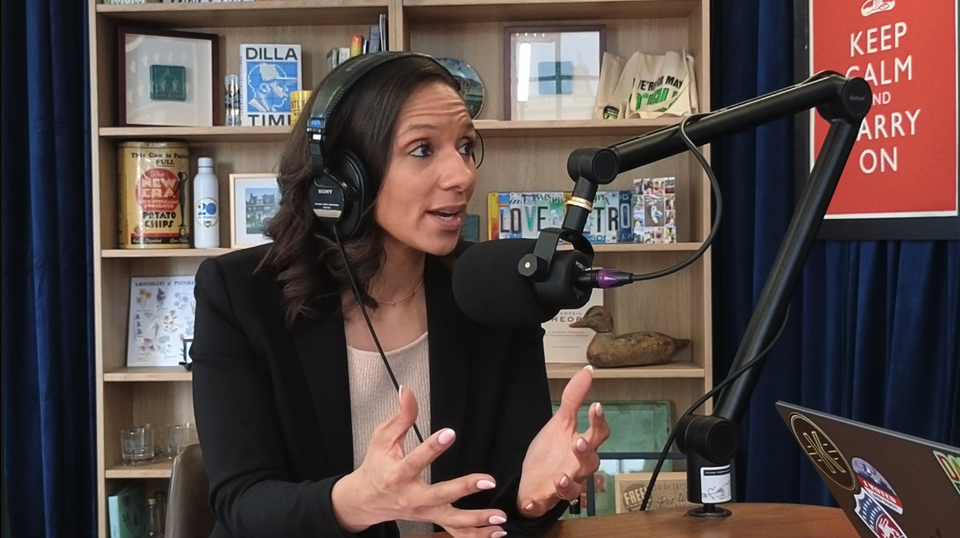Detroit’s urban landscape is changing, and it’s becoming more walkable as a result. Foot Traffic Ahead, a study published by the George Washington University School of Business, ranked metro Detroit third out of 30 of the largest U.S. cities for walkability development momentum.
The study notes that the potential walkable development in the Detroit region is promising.
“[Detroit] has also experienced some of the fastest GDP and job growth of all 30 metros. Much of this growth has occurred in revived WalkUPs like downtown and Midtown Detroit, as well as in urbanizing suburbs like Ann Arbor, Birmingham, and Royal Oak.”
The area’s choice to encourage a more walkable environment is beneficial in more ways than one. The study found that cities with the highest levels of walkable urban development also rank highest on measures of social equality. They’re also more likely to have higher GDPs and more educated residents.
Metro Detroit could do better to improve its education statistics. Right now, only 30 percent of people 25 and older have a bachelor’s degree. That statistic puts the region in 20th place, tied with several other cities like Houston, Sacramento, and Orlando.
While the area ranks highly in terms of walkability development – meaning where the region is headed – it doesn’t do so well when it comes to current walkable urbanism. Metro Detroit ranks 21st overall for walkable urbanism, but its development momentum will likely help it move up the list in the future. The region is grouped with others like Cleveland, Kansas City, and Baltimore, all of which are in the lower-middle walkable urban section.
“Much of this lag is due to a historic lack of rail transit infrastructure, though all now have rail systems in early stages of development. They are also handicapped by local consumer perceptions that walkable urbanism, especially rail-based, transit-oriented development, is not compatible with their traditions.”
However, with the new M-1 RAIL opening in Detroit in 2017 and Bus Rapid Transit plans in the works, it’ll be interesting to see if new projects may continue to go more towards walkable development.













